Paris pours billions of euros into trains, trams and buses to mold a transport network of the future.
Tourists visiting Paris might stroll down the Champs-Élysées, sample a flaky croissant or catch a glimpse of the Mona Lisa, but they’ll spend little time worrying about the transport network. For David Pena and other residents of the sprawling metropolis, it is a different story.
Mobility is a daily concern for Pena, who lives in a small riverside town about 30 kilometres west of Paris. With limited transport options, he usually drives his car to the city. “The roads and other infrastructure are quite good, but people often complain about the trains,” says Pena, 42, a helicopter engineer who is married with four children. “It’s not uncommon for me to go to the station and experience delays or see that the train has been cancelled.”
“Transportation can be a big problem for some travellers,” says Laurence Debrincat, a Paris mobility specialist with Ile-de-France Mobilités, which runs the region’s transport network. “The difficulty is that we are coping with problems from more than a century ago and finding solutions today.”
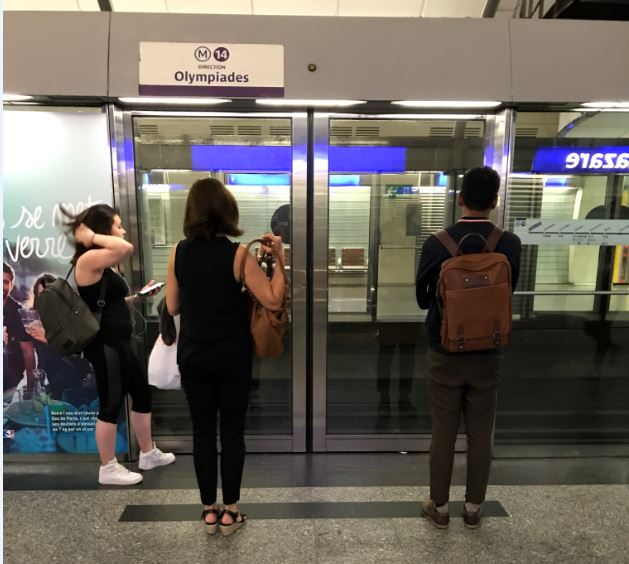
A stop on Metro line 14 in central Paris. The city plans to double the size of its Metro system.
Racing to keep up with demand
The Paris Métro often ranks among the top subways in the world. A recent global survey ranked the city in the top 10 for urban mobility. The region, however, has two main challenges – much of the transport network was built more than 100 years ago and it is difficult to maintain the system while keeping up with rising demand.
The dense mesh of trains, trams and buses in Paris operates within a complex system of labyrinthine arteries and wide boulevards based on a renewal plan led by Georges-Eugène Haussmann in the late 19th century.
“Paris has a very old system, similar to London,” says Caroline Lemoine, a transport engineer at the European Investment Bank. “Upgrading the network and keeping up the expansion to improve the level of service and increase accessibility requires a huge investment, and that is what we, at the EIB, are contributing to.”

The region in and around the city, known as the Ile de France, has a population of about 12 million, a number that has tripled over the last century. More than eight million trips are made daily on the Paris region’s transport network. The surge in population has contributed to skyrocketing property prices, forcing many residents to relocate 30-40 kilometres outside of the city and live in areas with fewer transport connections. A large part of the population can’t take advantage of bicycle sharing, car sharing, driverless trains or electric buses. They also can’t travel between suburbs easily because most train lines go straight into Paris. Missing a suburban train can mean waiting a half hour or more for the next ride to work.
In Paris and the nearby suburbs, there are 16 Métro lines covering 214 kilometres, and nearly 350 bus lines. Paris also has a regional express network, or RER, with five lines and 587 kilometres of rails connecting the city to the distant suburbs. Trams are returning, with nine lines running, after many were ripped up in the middle of the last century. Maintaining this whole system requires years of planning and billions of euros.
Planning for the future
“Investment is crucial for us, as in the majority of global metropolises,” says Nicolas Blain, head of the international relations and European affairs unit at the RATP, which operates the Paris Métro, trams and buses. “We have to prepare for the future while making sure the quality of the public transport network is in line with the increase in passenger traffic. We have no other option.”
“We have to prepare for the future. We have no other option.”
A lot of work left to be finished
The EU bank has been helping France invest in transport for decades. Big recent deals include:
- EUR 800 million in loans from the EIB to bring back tram lines in Paris
- EUR 200 million to support the Autolib’ electric cars in Paris
- a total EUR 2.5 billion to finance part of the ambitious project known as the Grand Paris Express, a Métro expansion plan that is one of the biggest in the world.
Many of the most innovative projects in Paris transport began only in the past one or two decades. Rail lines and trains, for example, have not received adequate investment for many years, officials say.
“At the end of the 20th century there was a lack of rail maintenance,” Debrincat says. “That has changed, but now we are coping with years of problems in a short amount of time.” She explained that renovation and the funding used to be handled mostly by the state, so this caused big delays when there were political conflicts or budget concerns, but now much of this work is done locally and regionally, so decisions come faster.
“We are coping with years of problems in a short amount of time.”
The Grand Paris Express is one program that is being handled mostly locally. The enormous plan will double the size of the Métro, adding 200 kilometres of tracks and more than 70 stations. The project aims to:
- stitch together isolated suburbs
- reduce daily traffic jams that contribute to smog
- link business districts, airports, and universities
- connect the otherwise isolated suburbs to Paris.
“The Grand Paris project is going to take a long time, but it is going to ensure we have one of the best transportation networks in the world,” Debrincat says.
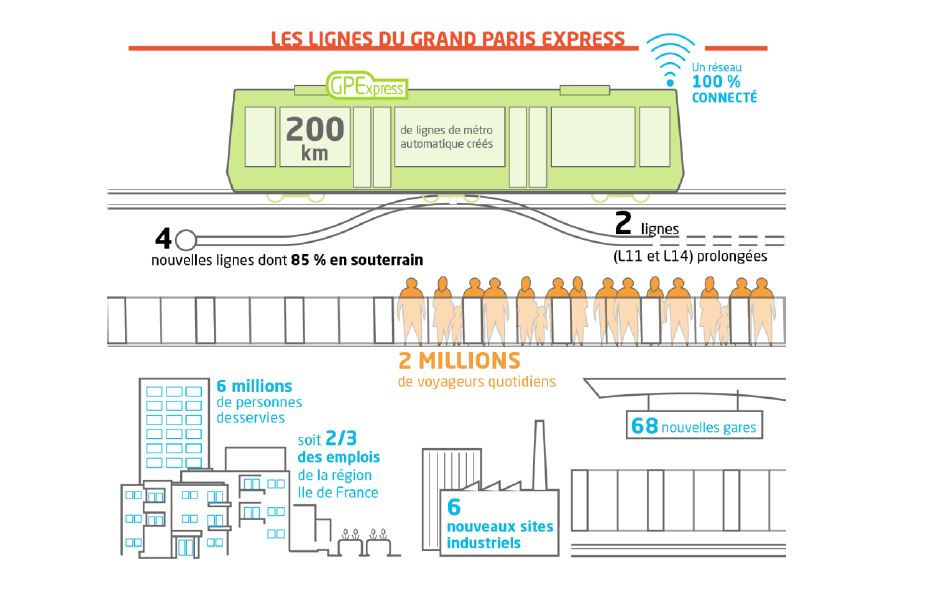
The Paris transport group RATP also “has a massive investment plan,” Blain said, with a goal to inject EUR 8.5 billion in conjunction with Debrincat’s Ile-de-France Mobilités group. This investment project will extend more Métro and tramway lines and upgrade stations and rolling stock from 2016 to 2020. “This is the most significant investment plan we have ever put in place,” Blain said.
The RER commuter trains that serve the suburbs are also being upgraded, with new cars and signalling. The RER A line, at more than 100 kilometres long, is the busiest in Europe, carrying 1.2 million passengers a day. This line, which slices through the centre of Paris on its way to the western and eastern suburbs, is being renovated from 2015 to 2020. The project will replace 24 kilometres of rails.
“There is a really big need to maintain the suburban railway network,” Debrincat says. “It costs billions of euros to change the rail lines and electric signalling, but it is something we have had to do for many years.”
Leading the way in mobility sharing
No one can say that Paris is standing still against adversity. Its Vélib’ bicycle sharing program, started in 2007, is one of the most successful of such projects in the world. It offers about 14,500 bicycles at 1,230 stations. Paris has been increasing its bicycle lanes since the late 1990s, and now has about 700 kilometres of bicycle routes.
The city is expanding its electric bus lines, with a goal that 80 percent of buses will be electric by 2025 and the rest will use biogas. Paris already has one all-electric line served by 23 buses.
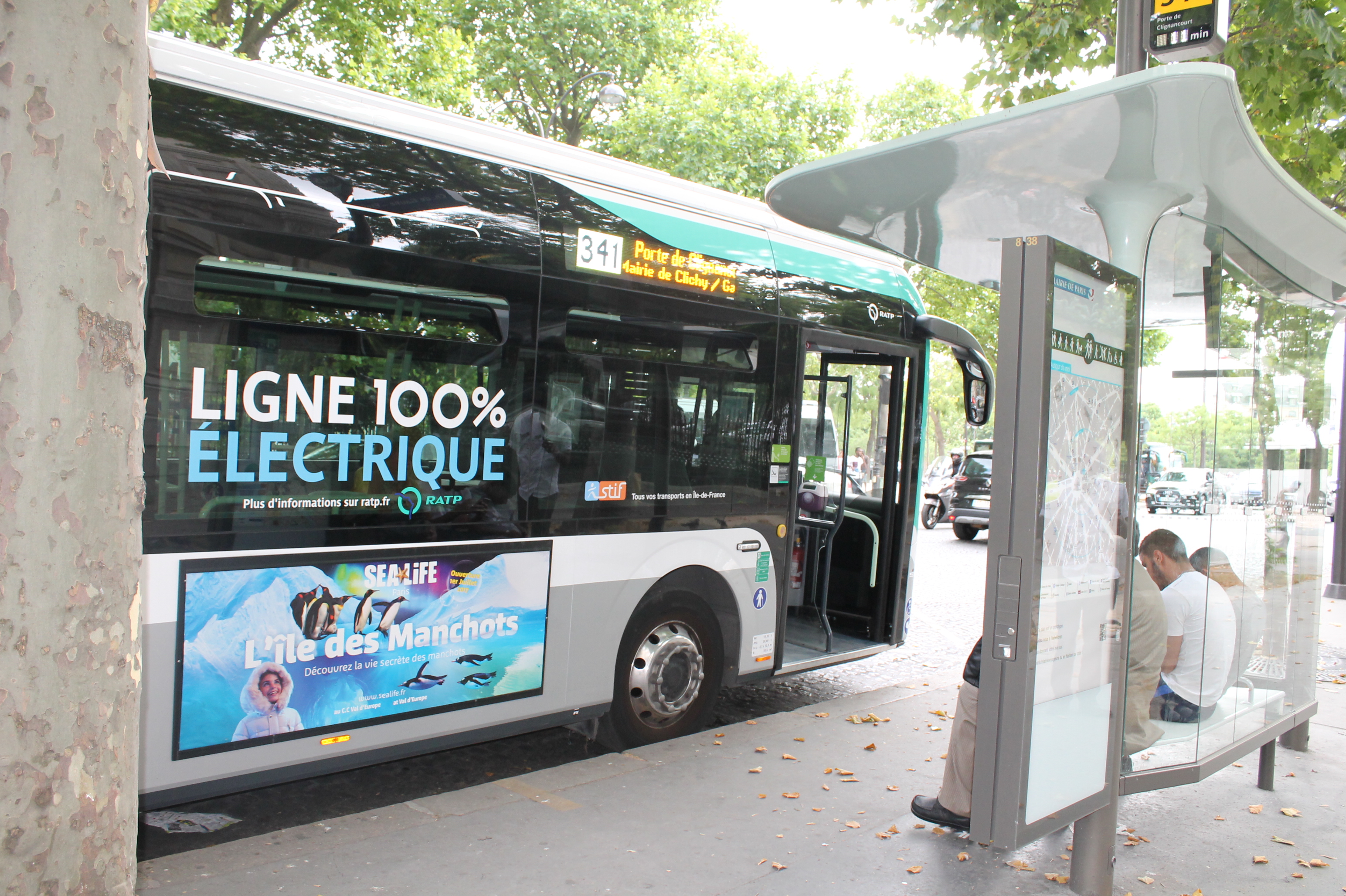
There is the Autolib’ electric car sharing service, which began in 2011 and offers nearly 4,000 fully electric cars in the Paris area, with more than 100,000 registered user. The EU bank financed the research and development of the Autolib’ car batteries and the deployment of the service.
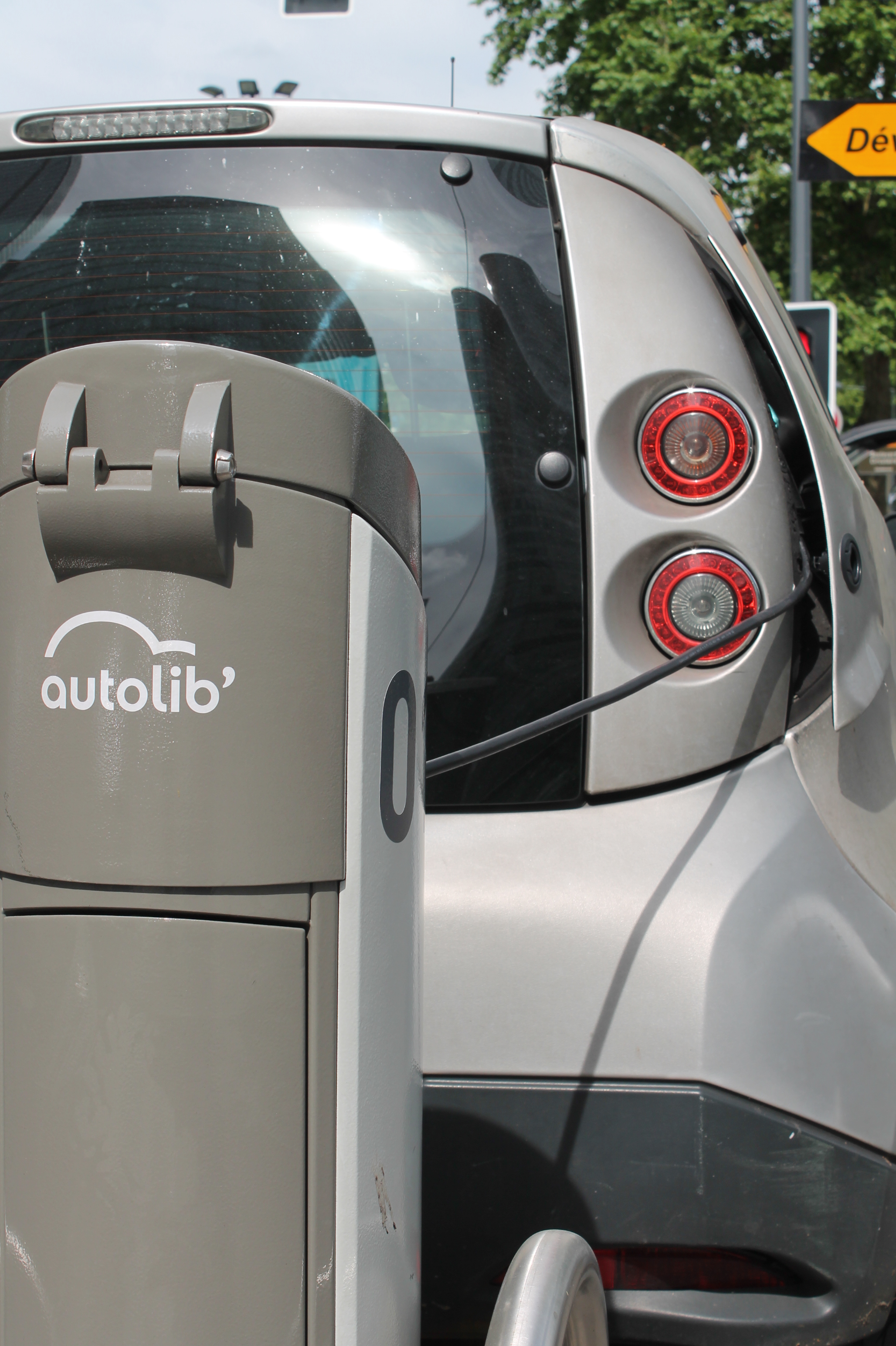
Steve Newsome, the head of international and European affairs for Transport for London, the body responsible for the British capital’s transport network, says Paris doesn’t deserve the negative press it sometimes receives for mobility.
“Paris faces many of the challenges common to most major cities and my personal view is that to state that the Paris network is decayed or rundown is not true,” he says. “They have pioneered a lot of transportation advancements and they are investing a lot in their network. Just look at the Grand Paris Express. That is a huge project.”
“To state that the Paris network is decayed or rundown is not true.”
Newsome says the real struggle for cities like Paris is encouraging greater use of public transport, walking and cycling.
“The challenges in general are not only investment to meet the needs of a growing city but to encourage people to make greater use of public transport, walking and cycling rather than private cars,” he says. “The complications of a growing population and modernising and expanding transport networks are challenges facing many of the big cities of Europe.”
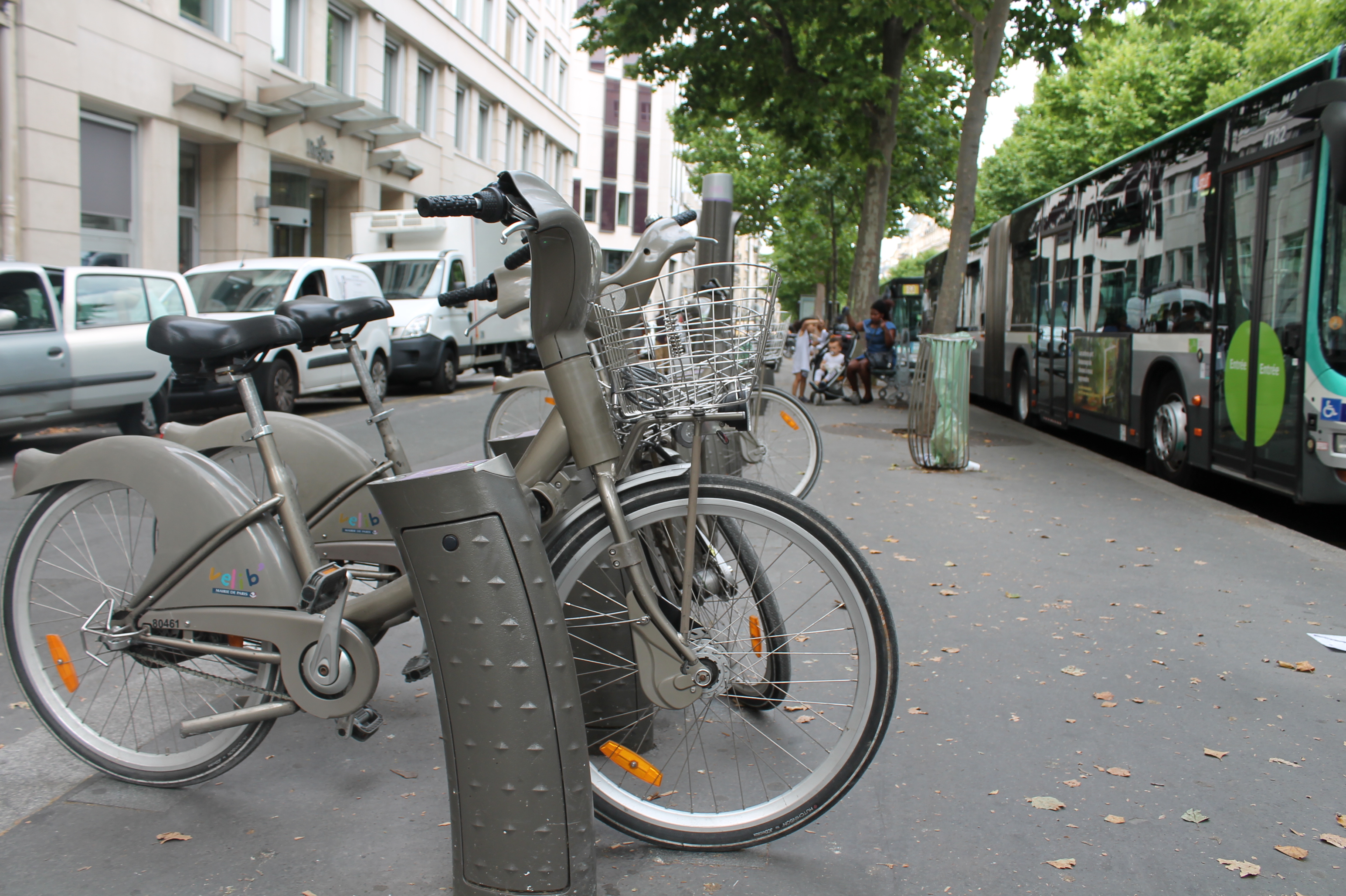
Pena, who lives in the western suburbs, says he is optimistic about Paris mobility. There are plans to bring the RER commuter train to his small town of Villennes, which will make it easier to get around, he says, and his impression is that the region is always trying to improve mobility.
“Comparing Paris to other systems of mass transit in other European cities, it’s as good if not better than most,” he says. “France is definitely in front in terms of taking advantage of new technology, but it still needs to improve.”
